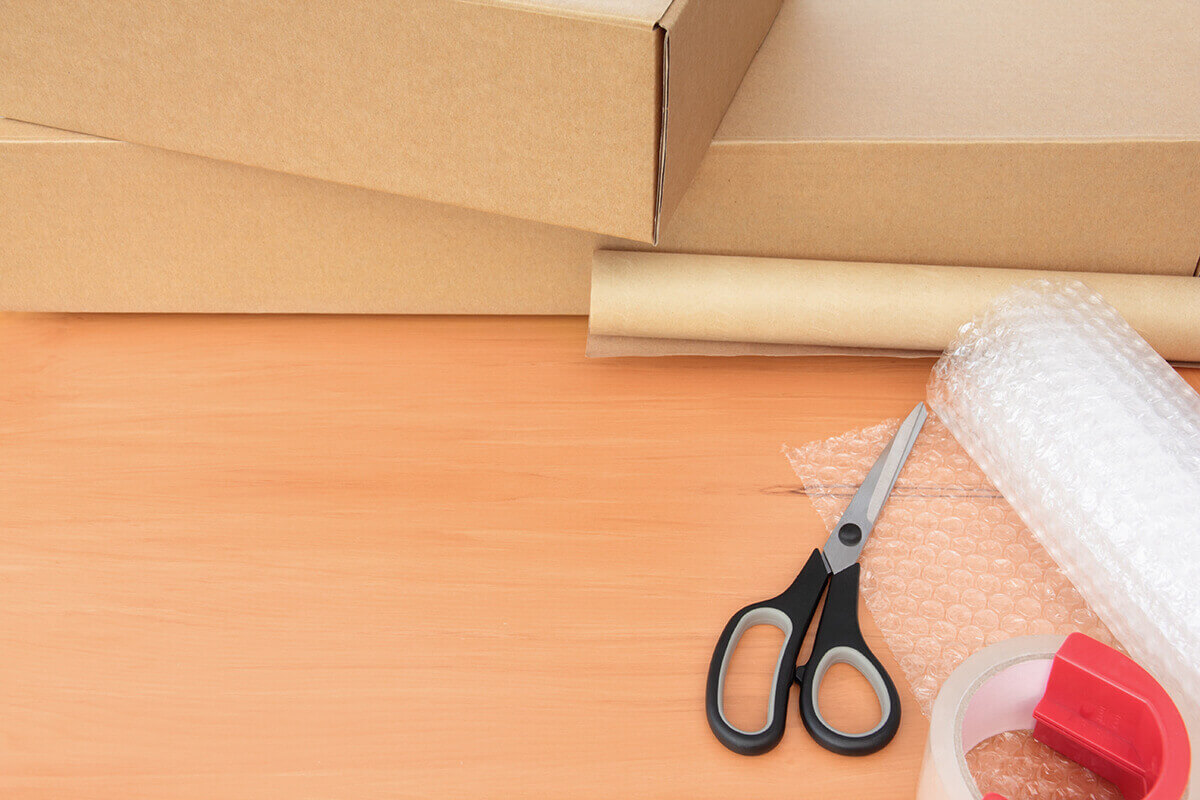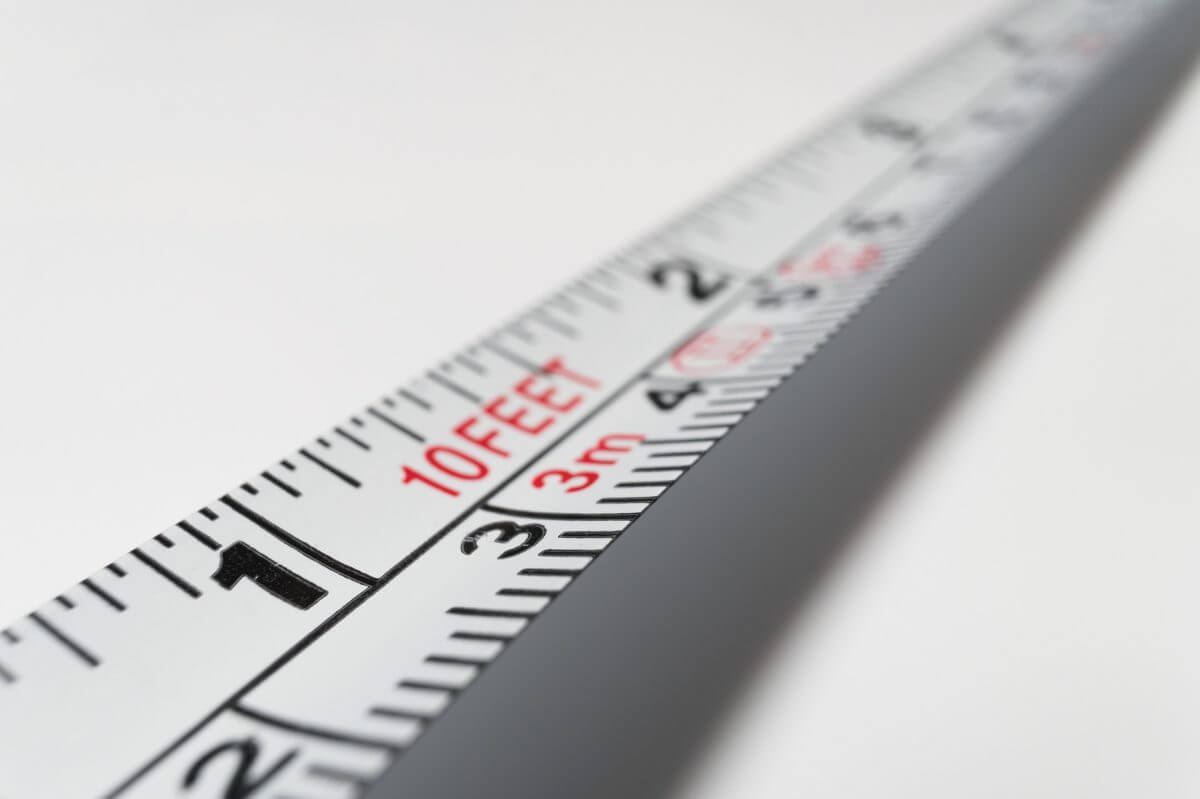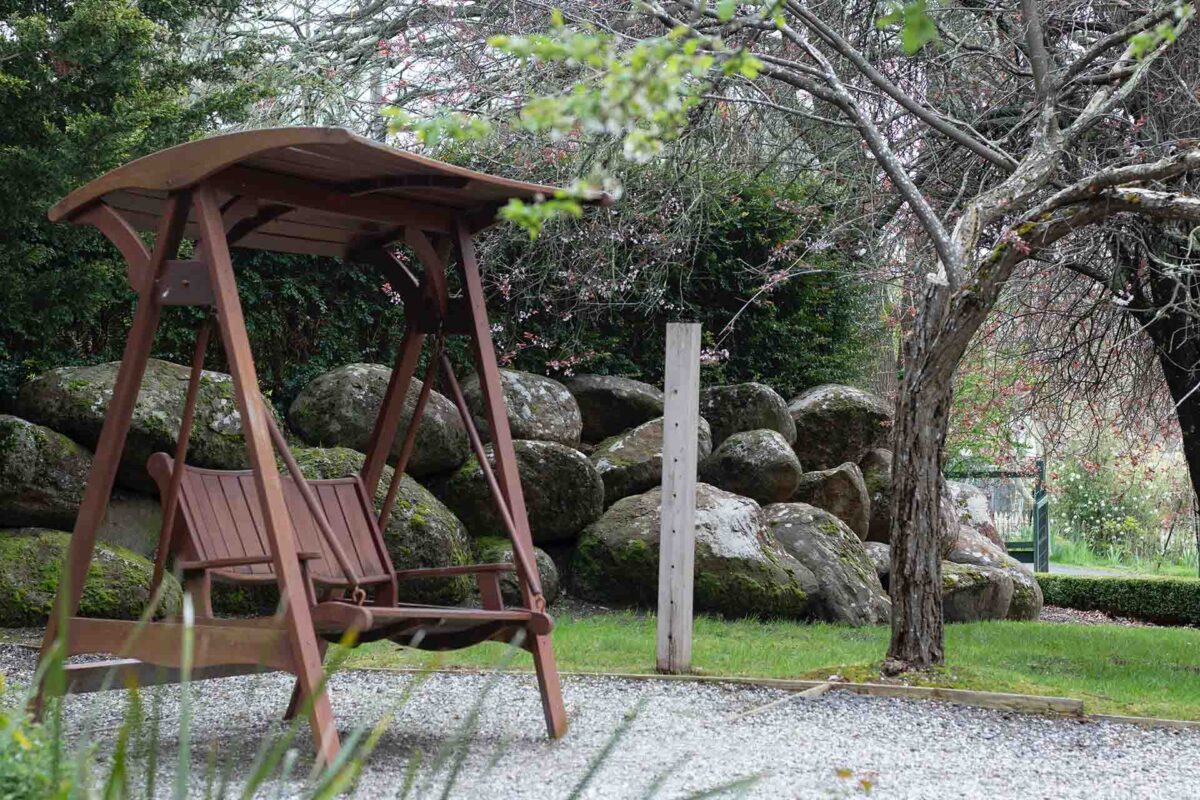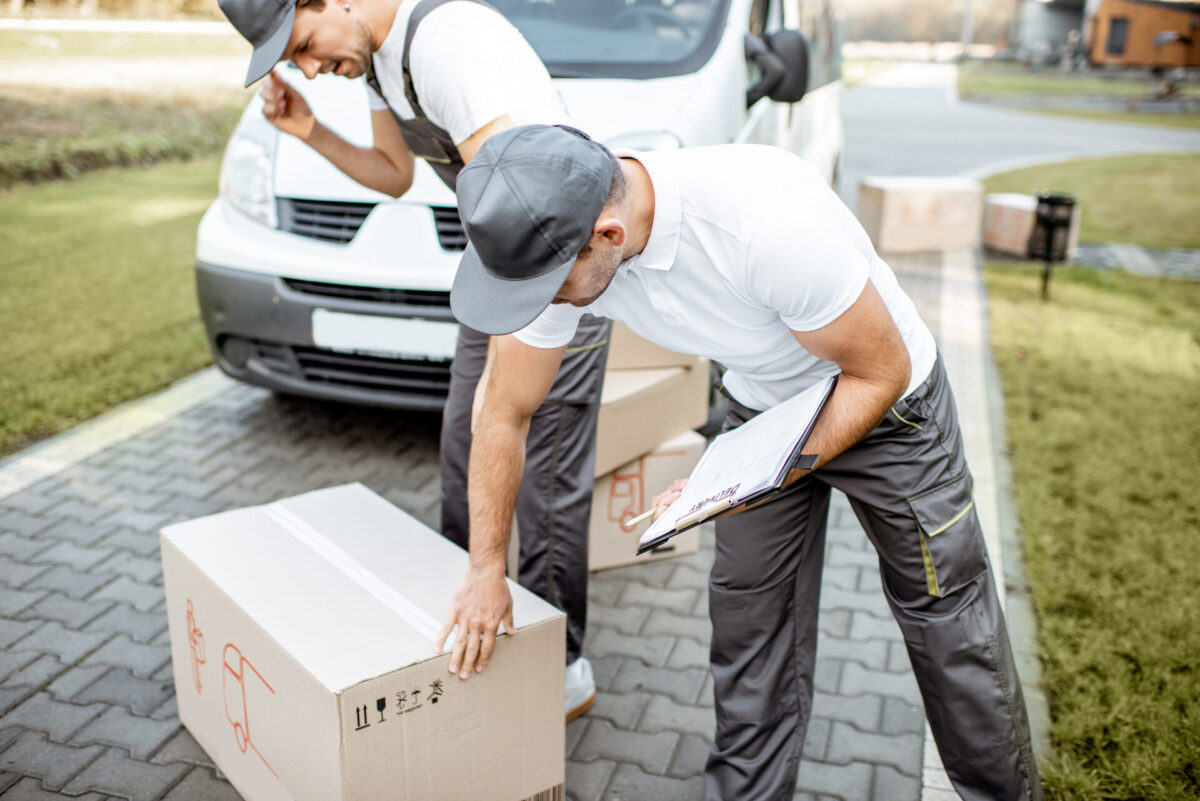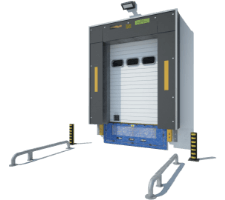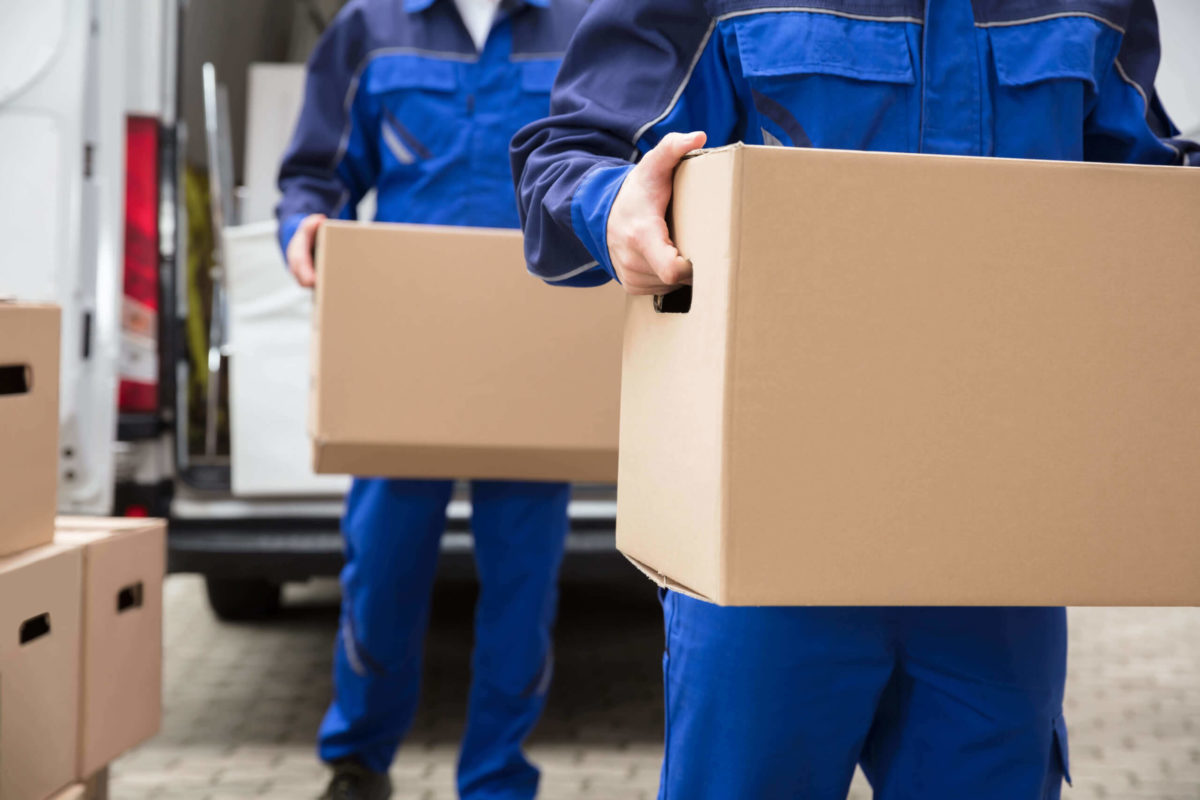Relocating a garden swing requires a ton of preparations. If you are not sure how to pack a garden swing for moving, our comprehensive guide will help you prepare for a stress-free and smooth relocation experience. We’ll walk you through the whole process, ensuring your outdoor furniture remains intact throughout transportation. Discover expert techniques and tricks to make the boxing up of your possessions a breeze.
Master the art of packing a garden swing for moving cross-country A Garden Swing Is the Heart of Every Outdoor Area
Gardens can offer more than just added value to a home. They also enhance our lives and foster family connections. According to a survey by PR Newswire, 75% of Americans frequently use their outdoor spaces for relaxation, and nearly 60% rely on their garden areas to host guests and socialize with loved ones.
Incorporating a swing into your outdoor area is an excellent way to give it a warm and inviting ambiance while infusing a touch of enjoyment into your green space. With that in mind, bringing your garden swing to the new home is almost a must, but you have to ensure it stays in great condition when it’s time to pack it up for the move.
Why Properly Planned and Organized Packing Matters
Neglecting the importance of properly organizing your packing process can lead to a host of risks and inconveniences during your move. Without careful preparation, there’s a significant risk of damage to your swing’s delicate components. Loose parts can lead to wear and tear, while inadequate cushioning might result in scratches, dents, or even structural damage.
Moreover, disorganized boxing-up can make the shipping of your belongings far more challenging and time-consuming, potentially increasing the overall stress of your move. However, by taking the time to pack and wrap the item methodically and securely, you significantly reduce these risks while simplifying the relocation process.
Proper packing will safeguard the item and ease the journey to its future home Gather All the Materials and Tools for a Smooth Packing Process
To ensure a seamless boxing-up process, it’s essential to gather all the necessary tools and materials. Each component plays a vital role in safeguarding your large item while making its relocation smoother. From cushioning delicate parts to securing components, having the right supplies on hand is crucial for a successful move.
Types of Packing Materials and Tools Required for the Job
Efficiency in packing hinges on having the right packing materials and tools readily available. Properly selected and utilized, these items are the foundation of a smooth and damage-free boxing-up process. Here’s a list of different packing materials and tools needed for a streamlined relocation experience:
- Bubble wrap – protects delicate and fragile parts from impact and scratches.
- Shrink wrap – adds an extra layer of security and holds loose items in place.
- Moving blankets – offer protection against impacts, dust, and debris during the move.
- Duct tape – is essential for sealing boxes, reinforcing packaging, and securing components.
- Cardboard sheets – useful for creating custom padding or barriers to shield certain parts.
- Clean paper – guards against friction and helps maintain cleanliness during transit.
- Plastic zip bags – ideal for organizing and storing small hardware like screws and bolts.
- Foam peanuts – fill gaps in boxes and provide extra cushioning for delicate parts.
- Corrugated cardboard boxes – containers for storing smaller swing components and hardware.
- Markers and labels – for labeling boxes, bags, and wrapped packages with contents and assembly instructions.
- Strapping or ropes – used to secure larger swing components and keep them in place.
- Gloves – protect your hands from sharp edges and offer a better grip.
- Furniture straps – help secure swing parts and prevent movement in the back of a moving truck.
- Measuring tape – ensures accurate dimensions for packaging and allocation of space.
Having the right materials and tools at hand is essential for a smooth and safe relocation Clean Your Garden Swing and Prepare It for Disassembly
Before diving into the disassembly process, prioritize safety by following a few key steps. Firstly, inspect your item for any loose or damaged parts that might need attention. Ensure all moving components, such as chains or hinges, are rust-free and well-lubricated for smooth disassembly.
Additionally, remove any cushions, fabrics, or accessories that can be detached, and make sure to clean and dry them thoroughly before storing them separately. These precautions help ensure your item is in the best possible condition for the move.
Check the video below on how to clean your outdoor cushions.
Take Precise Measurements for Smooth Disassembly and Transport
Before embarking on the disassembly process, it’s crucial to measure your garden swing accurately. Not only does this ensure streamlined packing and safe transport, but it also simplifies the placement of components in the relocation vehicle.
Measure its width, length, and height when fully assembled, as well as the dimensions of the individual components you plan to disassemble. This data serves as the cornerstone of a successful boxing-up process and relocation strategy, guaranteeing a hassle-free relocation to another state.
Knowing the exact measurement will streamline your packing and loading experience Disassemble Your Garden Swing for an Easier Boxing-up Process
As you embark on disassembling your garden swing, it’s important to be aware of common relocation mistakes to avoid. One frequent error is not keeping track of the order of disassembly, which can complicate reassembly later on.
To prevent this, consider taking photos or making notes as you disassemble each part. Additionally, resist the urge to force any components apart, as this can lead to damage. Instead, proceed with patience and care to ensure a smooth and damage-free disassembly process.
Make Sure That You Are Keeping Track of Small Parts
One of the key challenges during this phase is keeping track of small parts like screws, nuts, and bolts. To avoid misplacing or losing these essential components, adopt a systematic approach.
Use labeled plastic bags to store each set of hardware, ensuring you clearly mark which part they belong to. By organizing and labeling these small parts as you go, you’ll greatly simplify the reassembly and unpacking process and reduce the risk of missing pieces.
Label the Parts and Packages for Easier Reassembly Process
Each disassembled part, whether it’s a frame section, chain, or cushion, should be clearly labeled. This labeling serves as a roadmap during reassembly, making it significantly easier to identify and connect components correctly. Additionally, it eliminates any guesswork, reduces the likelihood of errors, and ensures your item is reassembled quickly and accurately.
Make sure to label all the parts for easier tracking and reassembly Follow the Instructions on How to Pack a Garden Swing for Moving
Adhering to boxing-up instructions is paramount as it ensures that each step in this process is executed correctly. It minimizes the risk of mistakes that can lead to damage during transit and guarantees that your item is prepared for a safe and sound relocation.
Wrap and Cushion the Disassembled Components
When it comes to wrapping and cushioning your outdoor furniture, you’ll want to employ effective techniques. So, try to ensure that you wrap and cushion each part thoroughly, paying special attention to any vulnerable or exposed areas.
Delicate parts, cushions, and fabric should be carefully wrapped in bubble wrap or shrink wrap to protect them from dirt and damage during transit. Sturdy components, like the frame and chains, should be secured together and padded to prevent scratches and dings.
Make Sure to Safely Box Up and Secure Your Garden Swing for Transit
Use perfectly sized sturdy boxes that comfortably fit each component without excessive squeezing or cramming. Also, don’t forget to properly secure big one-piece parts by using bubble wrap, cardboard sheets, and moving blankets, as they are simply too big to be placed inside a crate.
Properly secured packages reduce the risk of shifting and damage during transport. Seal the boxes securely with packing tape, reinforcing any seams or edges that may be vulnerable.
Make sure that everything is boxed up and loaded properly onto a relocation vehicle Prepare Your Packed Swing for Transport to Its Future Home
Once your item is securely packed, the next crucial step is to prepare it for transport to its future location. Start by ensuring that all the boxes have flat tops, seams are holding, and everything is well-labeled for easy identification on the moving day. Consider positioning them strategically in the truck, placing heavier components at the bottom while securing them with ropes or strapping to prevent shifting, and topping them with lighter ones.
Will Hiring a Cross-Country Moving Company Speed up the Process?
When it comes to relocating across the country, know that choosing the right moving company can significantly streamline the entire process. Cross Country Moving Company’s dedicated team specializes in providing top-notch long-distance moving services tailored to your needs.
We offer not only efficient relocation but also comprehensive packing services, ensuring your belongings are expertly handled and securely packed for the journey ahead. With our assistance, you can expect a smoother and safer relocation experience.
Book cross-country movers for a smooth relocation to your future abode With Our Expert Cross-Country Moving Services, You’ll Be Enjoying Your New Garden in No Time
With our expertise in long-distance relocations, Cross Country Moving Company aims to get you settled into your future home without delay. Our commitment to a seamless transition means you’ll soon be savoring the delights of your surroundings and swinging your worries away. Don’t hesitate to contact us today, and let us make your relocation a stress-free and unforgettable experience.
FAQ
Do I Need to Disassemble My Garden Swing for Moving?
Disassembling your large items, if possible, is recommended to prevent damage and make transportation easier. It also reduces the risk of accidents during the move or damaging the other possessions.
What Types of Packing Material Are Best for Cushioning?
For cushioning, use bubble wrap, moving blankets, or packing paper. These materials provide adequate protection for delicate parts, ensuring they arrive at your new location undamaged.
How Much Time Does It Usually Take To Disassemble and Pack a Garden Swing?
Disassembling and boxing up this item typically takes a couple of hours, depending on your familiarity with its assembly. However, taking your time ensures it’s done correctly.
Are There Any Risks in Disassembling a Garden Swing by Myself?
While disassembling it yourself is doable, there’s a risk of damaging parts or injuring yourself. Ensure you follow safety precautions, have a helping hand, and take care when handling heavy or awkward components.
Can I Reuse the Packing Materials After Relocation?
Yes, you can definitely save and reuse supplies like bubble wrap, blankets, and packing paper for future relocation or storage needs, which can save you money for relocating in the long run.
How Can I Make Sure the Small Parts Like Screws and Bolts Don't Get Lost?
To prevent small parts from getting lost, place them in labeled bags and securely attach each bag to the corresponding component. This organization ensures nothing goes missing.
What Should I Do if My Garden Swing Is Rusty or Has Loose Parts?
If your item has rust or loose parts, address these issues before relocating to a new home. Remove rust with appropriate treatments and tighten any loose components to prevent further damage during transportation.
Is It Okay to Transport the Garden Swing Parts Without a Box?
While it’s possible to transport its parts without a box, it’s generally better to use a sturdy box or container to protect the components during transit. This helps prevent scratches and ensures safe transportation.
How Do I Find a Reliable Long-Distance Moving Company for Relocating Large Outdoor Items Like Garden Swings?
When looking for the right cross-country moving service to relocate your outdoor furniture, it’s important to conduct online research, read reviews, and seek recommendations from friends or family. It’s also very important to request quotes from several reputable cross-country moving companies. This thorough approach will help you hire the right long-distance movers for your specific needs and relocation budget.




